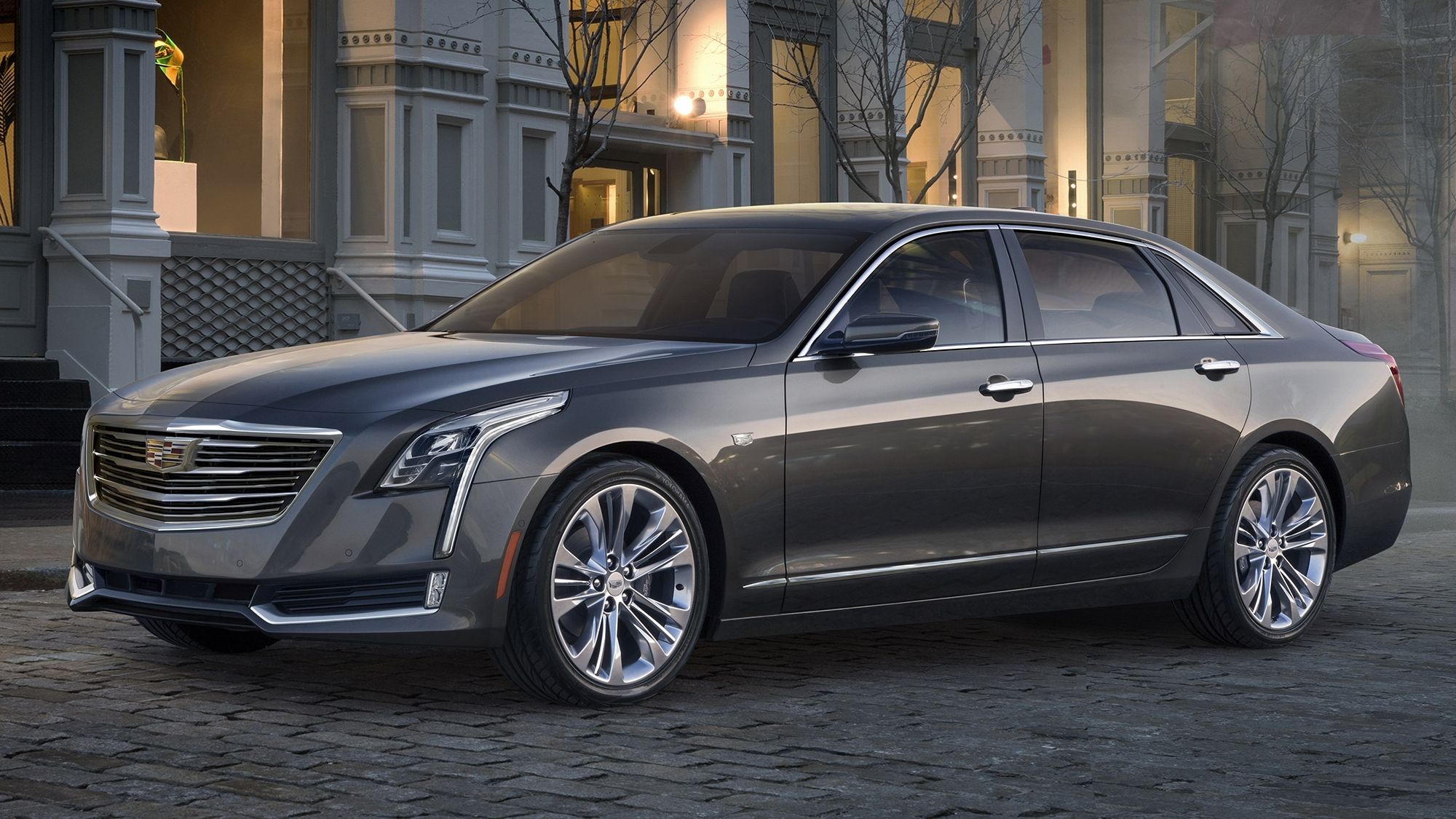Add Cadillac to the list of automakers that are planning to infuse its lineup with plug-in hybrid->ke4486 versions as a response to tightening regulations in some of the company’s most important markets. The revelation was made by Cadillac->ke18 chief Johan de Nysschen in a conversation with Automotive News at the Los Angeles Auto Show.->ke211
According to de Nysschen, Cadillac’s main objective in the coming years is to beef up its lineup with plug-in hybrids to ensure that it remains competitive in a market like China. The company is already hard at work on meeting the plug-in hybrid CT6 sedan’s expected launch date sometime in late 2016. Once the CT6->ke4935 hits the market, expect Cadillac to continue down this road and maximize its plug-in hybrid system on as many models as it can accommodate.
The onus being put on plug-ins means that less is being paid on developing an electric car. De Nysschen admitted as much, saying that plug-ins are “more practical” than EVs. That doesn’t mean Cadillac’s completely shut its door on ever developing its own electric car.->ke1030 On the contrary, it’s on the company’s to-do list. It’s just not a top priority at the moment.
Besides, it already has the advantage of having an EV platform in place, thanks to its ties with Chevrolet->ke199 and the Chevy Volt->ke2721 under the General Motors->ke1024 umbrella. Unlike other companies that are developing their own EV tech from the ground-up, Caddy already has the Volt to go to should it decide to finally build an electric car.
So don’t expect a fully electric Cadillac to hit the market any time soon. The American automaker is focusing on plug-ins at the moment. Once that’s been accomplished, then its attention will turn to doing a full EV. It’s all about priorities for Cadillac.
Continue reading after the jump for the full story.
Why it matters
At first, it does seem like a weird strategy to put EV development on the back burner. But, the more I think about it, the more it makes sense considering the situation Cadillac is in. The only thing the automaker is doing by taking this approach is taking the approach of doing what it thinks is the best for its business. Since it’s looking to tap into a bigger piece of the global luxury market, it has to abide by the emissions regulations in those markets.
Take China, for instance. It’s without question one of the biggest markets for luxury cars in the world. That taps right into the core of Cadillac’s target market. For the automaker to make the kind of impact it wants in that country, it needs to comply with the stringent emissions regulations there. Having hybrid models available in that market will go a long way in helping Cadillac establish a following among the wealthy and middle-class Chinese families. The same holds true in other markets where Cadillac wants to be a big player. Europe and the US are two places that have embraced plug-in hybrid models. It’s not a coincidence that Caddy sees these two markets as important for its business, so developing a strong presence through its plug-in hybrids in those places is the smart thing to do.
It’s also interesting to hear de Nysschen not closing the door on the possibility of diving into electric vehicles in the future. Like I said, it already has a platform (the Chevrolet Volt) that it can take advantage should the time come that it decides to develop its own EV. Not a lot of automakers have this kind of luxury. Cadillac understands this and is taking advantage of it by building its brand in other areas before starting with an EV. Once it does begin development of an all-electric model, it’s not going to lag behind the competition because the technology’s already in place, thanks to General Motors and Chevrolet.
Cadillac CT6
Read our full review on the Cadillac CT6 here.

